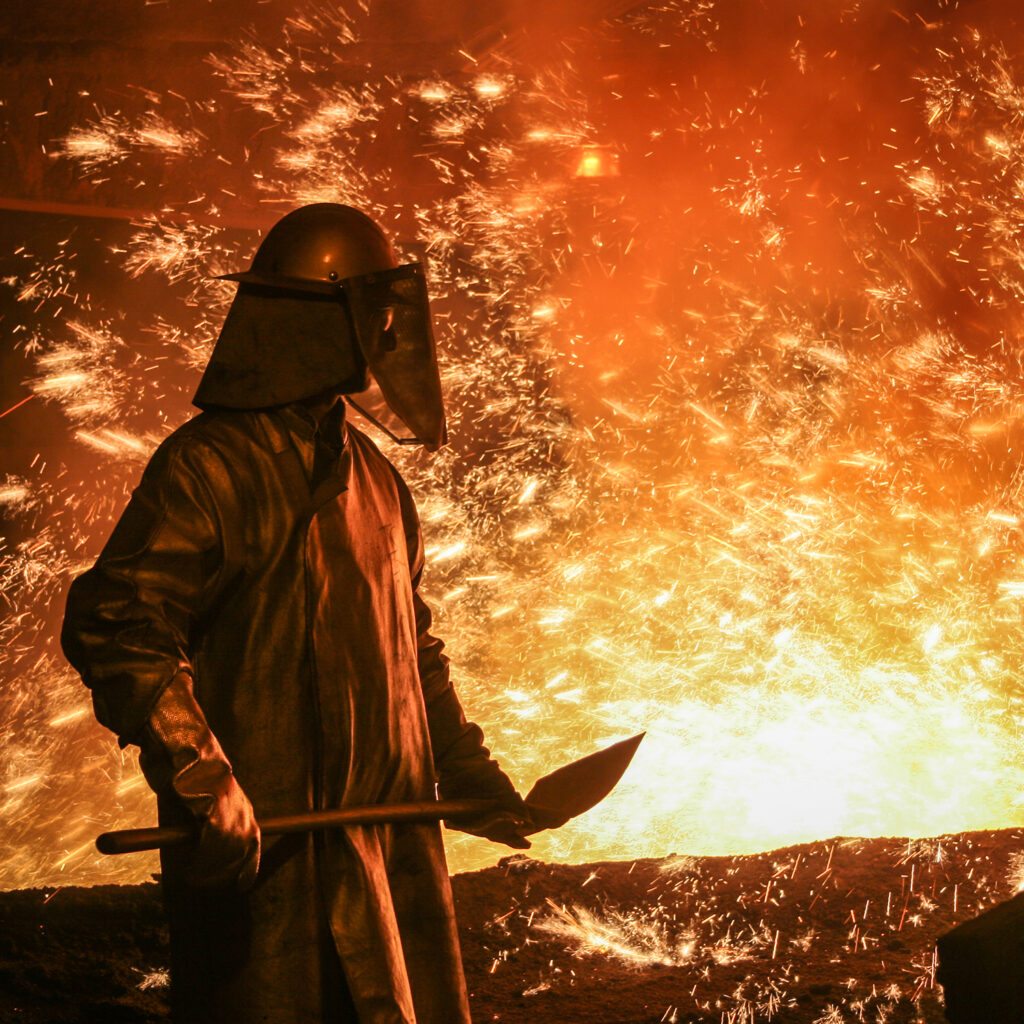Traceability improves recyclability
Reduction of carbon footprint
Circular steel is steel that goes back into the production chain after being recycled, to be used again as new and green steel. Recycling steel is good for the environment and climate, but it is far from being as efficient as it could be.
The different properties of steel make it difficult to recycle selectively and therefore a lot still needs to be done after remelting to ensure the new quality of the steel. Recycled steel can remain in the production chain for a very long time, which saves an enormous amount of energy on the mining of new materials.
But recycling steel is not as easy as it seems. Steel of different compositions and quality is mixed together, which makes the process more complicated than necessary. In this blog, we, therefore, write about the steel recycling process and how blockchain technology can contribute to energy savings and a smaller carbon footprint.
How is steel currently recycled?
The origin of many steel products is unknown. This means that the properties of steel are not always clear either. As a result, different types of steel of different qualities and different raw materials are thrown together after they have been shredded. In order to be able to guarantee the same quality again after recycling, it takes a lot of energy to get these materials pure again.
Traceability of steel and blockchain technology
The current way of recycling can be done differently. But how can it be more efficient? That’s where steel traceability comes into play. This process ensures that the end-user knows the origin of the steel, but it can also be used after the steel products are replaced and are ready to be recycled.
This process may seem time-consuming, but there is a way to do this more efficiently, both in terms of time and cost. For example, by using blockchain technology. With this technology, it is possible to identify all produced pieces of steel as soon as they are ready to be recycled. This is because all information about these products are stored in a large decentralized database of blockchain.
Blockchain and recycling: two major advantages
Traceability of steel with blockchain has the following two major advantages when it comes to recycling:
1. Knowing exactly which components are in the steel
When each piece of steel can be identified by a unique code, the properties of the material are known at a glance. When this material then arrives at the smelter, the pieces of steel with similar properties can be thrown together. This prevents the smelter from contaminating high-quality steel with pieces of cheaper steel.
This not only has the advantage that fewer processes are required to recycle the steel, but it can also provide transparency about the use of recycled material. In the future, for example, certificates may indicate how much of the steel in the product is recycled.
2. Reducing the carbon footprint
Steel production is responsible for significant CO2 emissions. Recycling already drastically reduces those emissions, but that is not enough. By applying traceability to steel and also making a profit in the recycling process with reduced emissions, this can have a tremendously positive impact on the climate in the long term.
But that’s not the only benefit. Companies that use steel can demonstrate through certificates that they are using a certain quality of steel that has been recycled. This can make the image of an environmentally polluting company a lot better.
SteelTrace uses blockchain technology to ensure complete traceability of steel throughout the supply chain. This means that steel can be identified at all times, including at the moment of recycling. This has the potential to reduce the polluting nature of the steel industry, while at the same time reducing the cost of recycling.
Also want to contribute to a better climate while reducing the cost of recycling for your business, all while creating a greener image? With SteelTrace, it’s possible to optimize your operations while keeping more profit on the balance sheet.
Schedule a demo, to find how your company can benefit from the SteelTrace technology.




